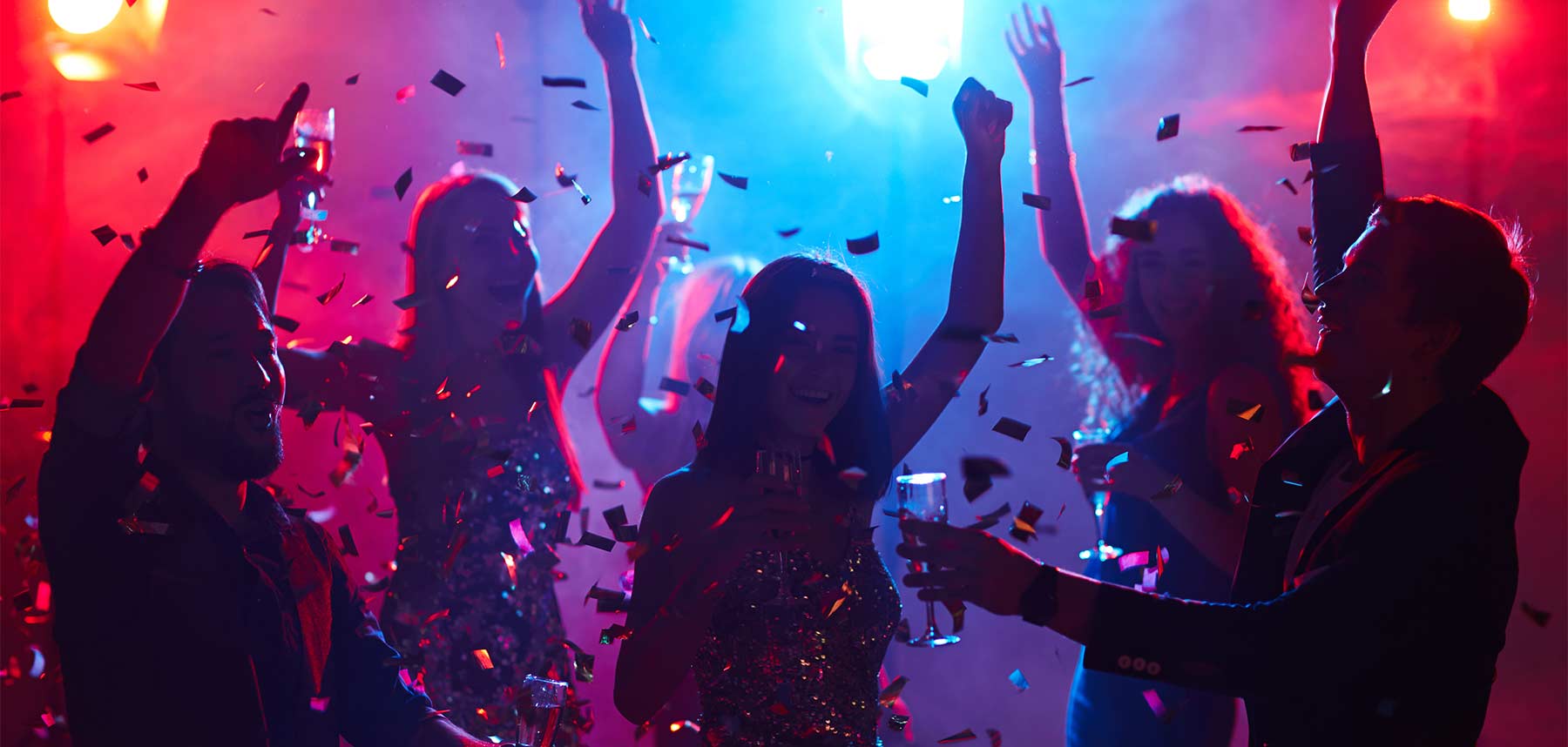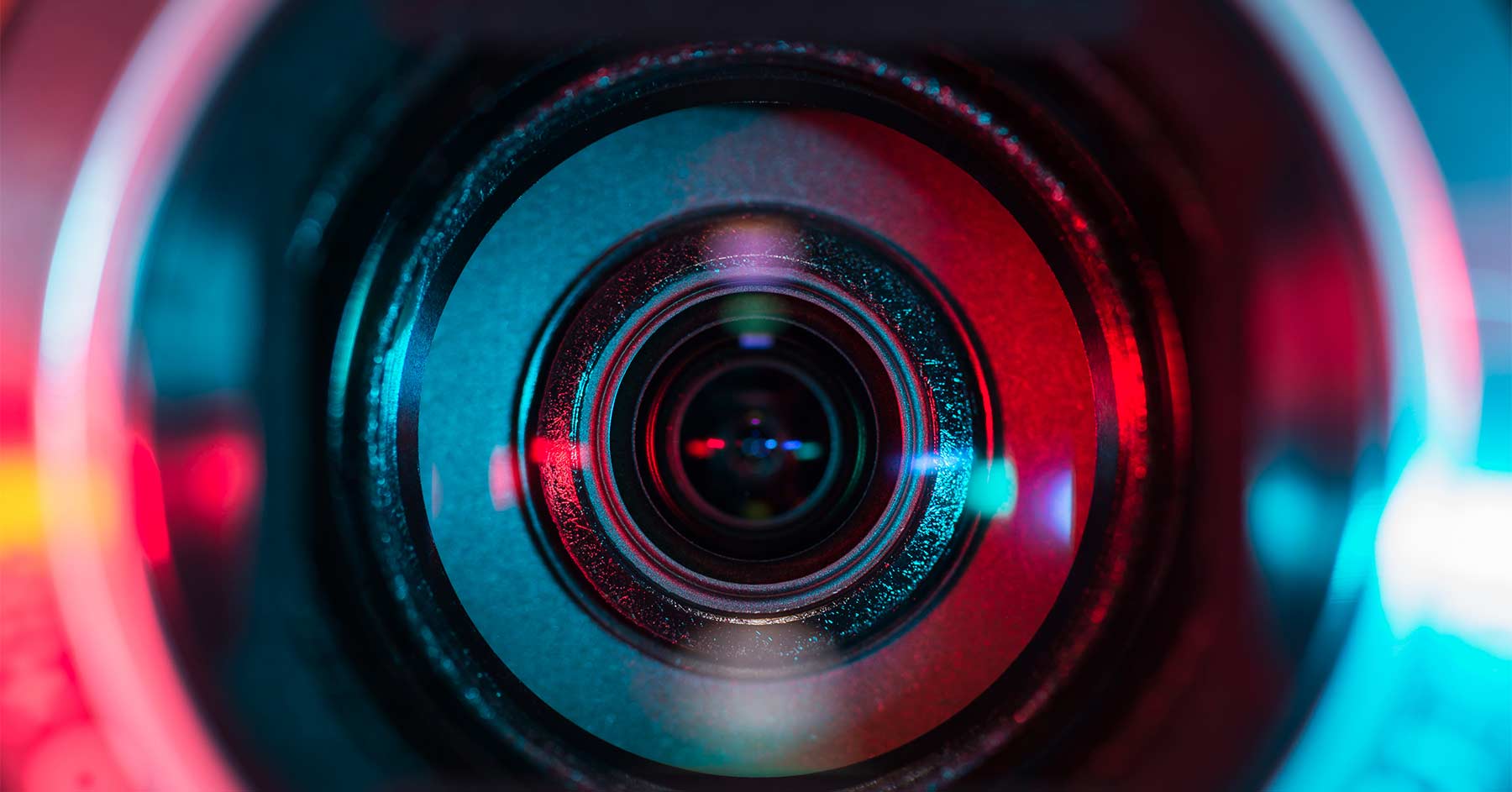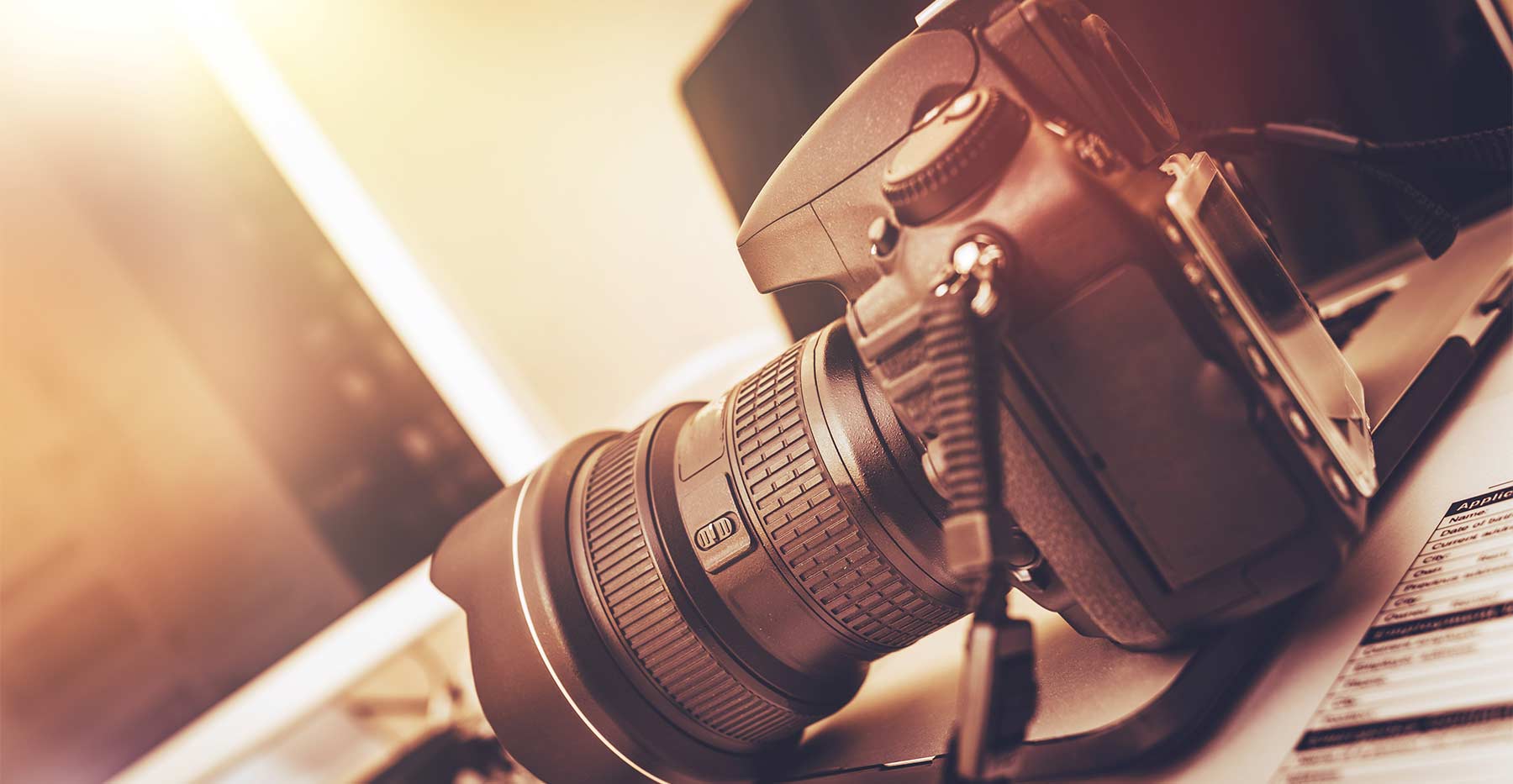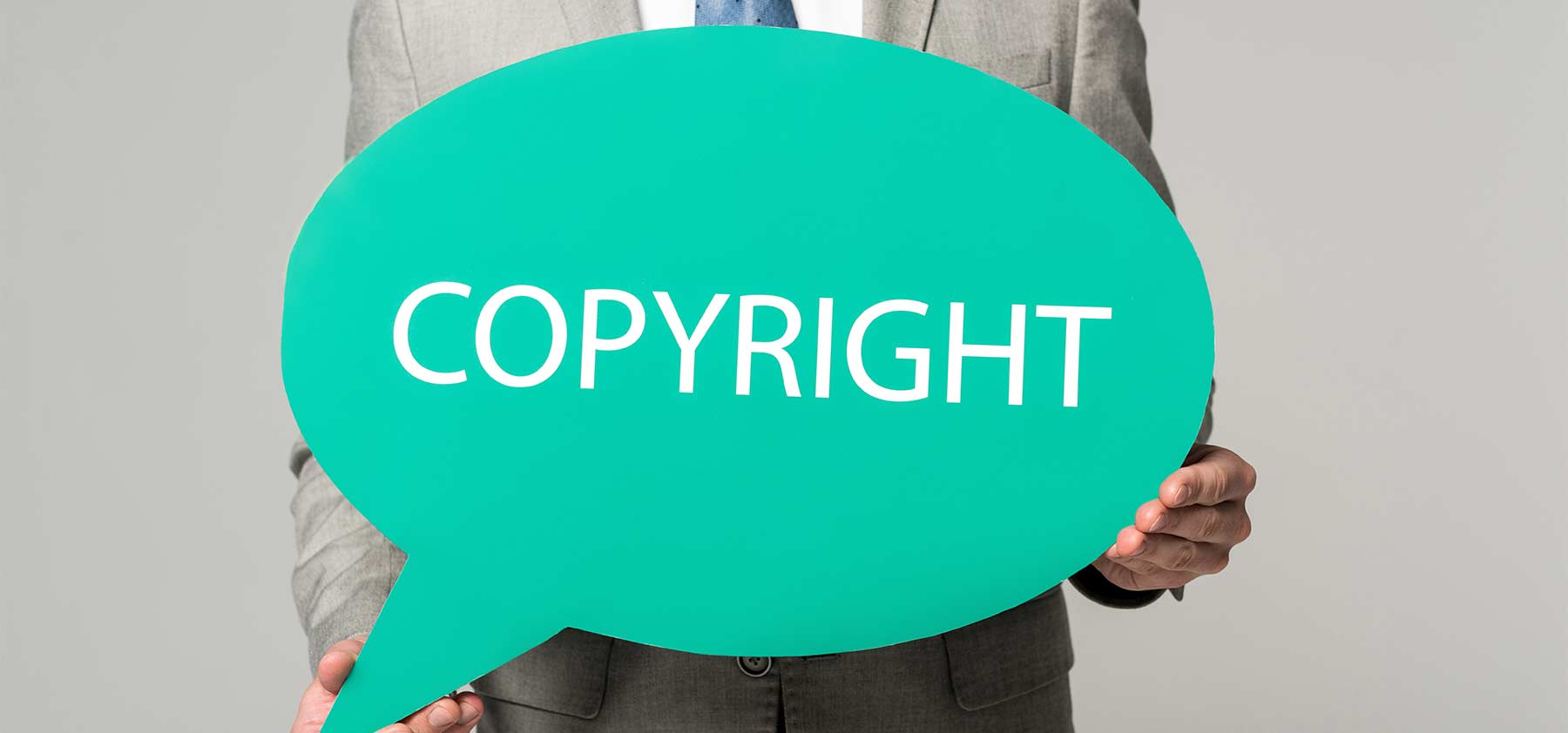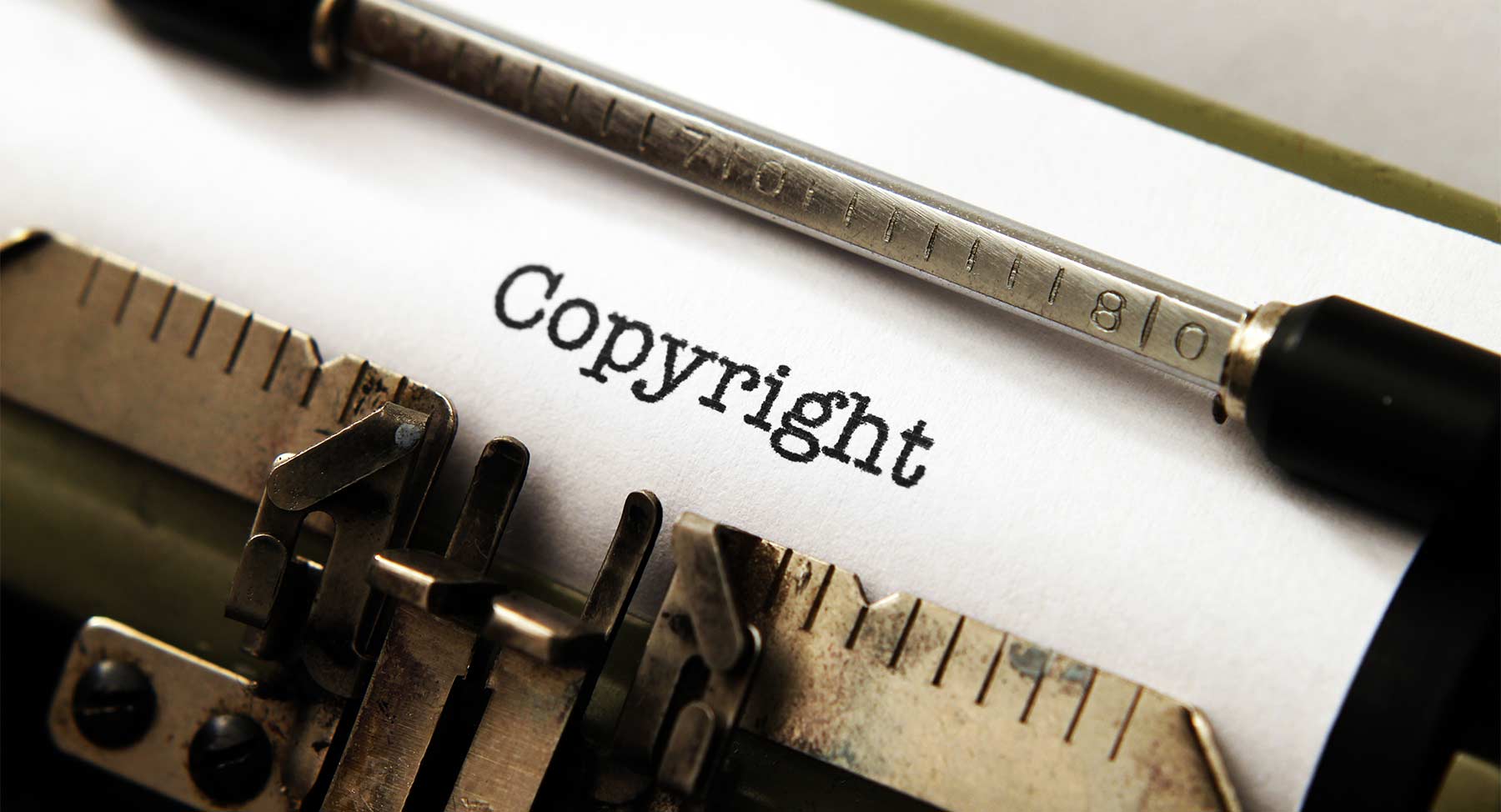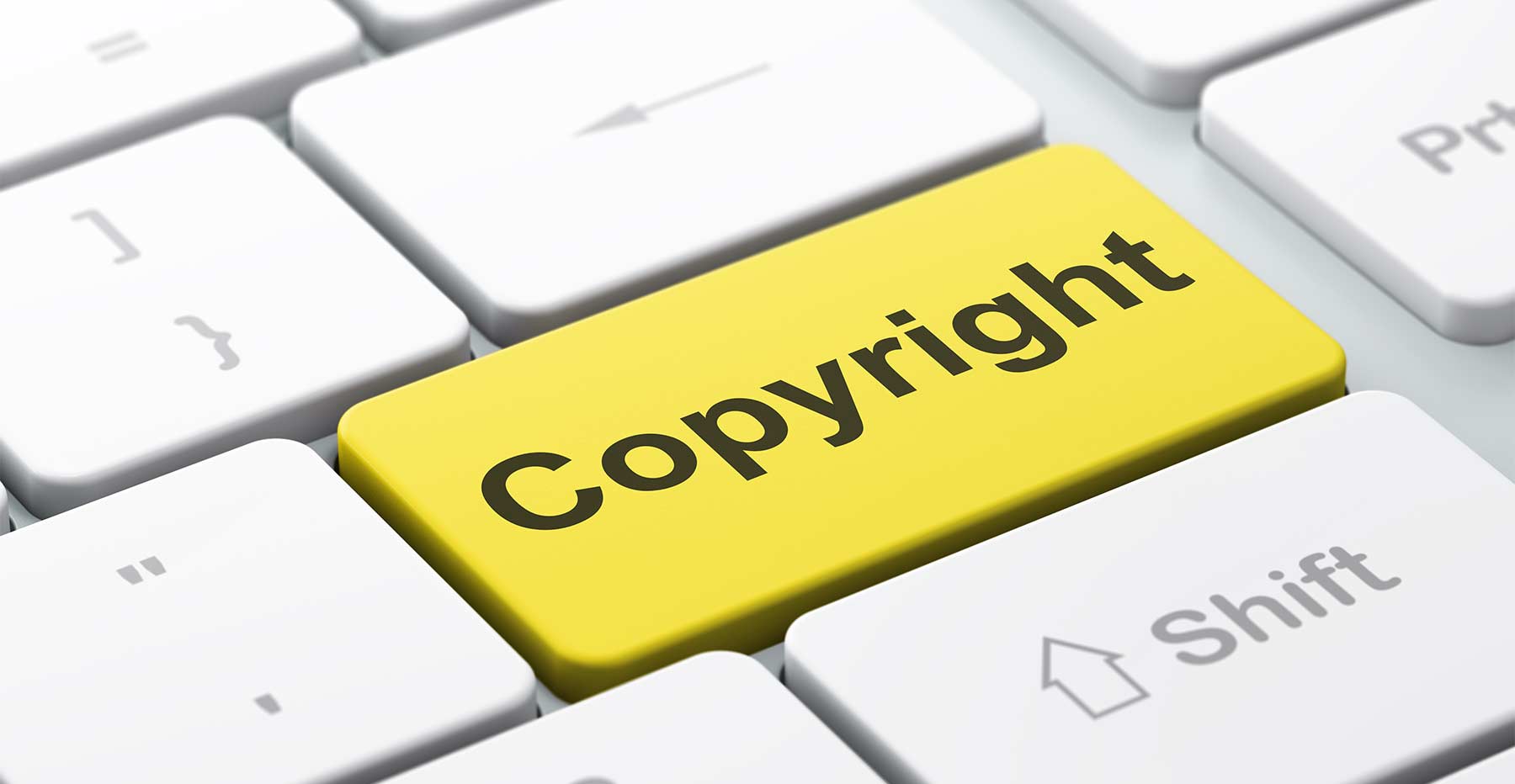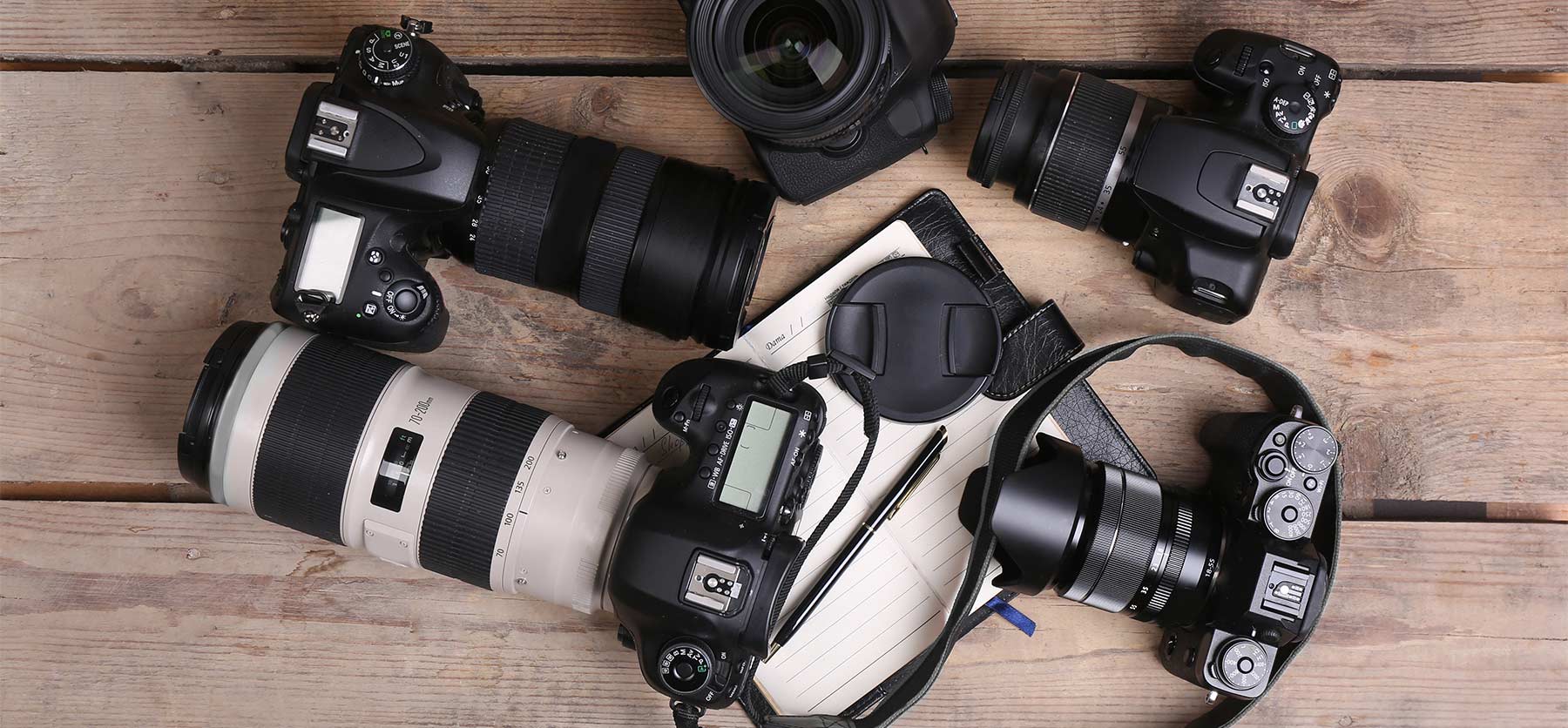Copyright Lessons We Might Learn from Carmen Electra
Nearly everyone with access to any type of entertainment media during the 90s and 2000s probably knows who Carmen Electra is. She is a woman familiar to us as a dancer, model, actress, and even singer. What many people don’t know is that the pop culture icon has a penchant for going to court.
Not because of her multiple divorces or her presence courtside watching her former boyfriend and NBA star Dennis Rodman. What we are referring to is her string of lawsuits against strip clubs all over the country.
Together with several other plaintiffs, Carmen Electra is going all out and lawyering up against strip clubs. According to the claims, various clubs are violating their rights by using photos, likeness, and other personal identifiers to promote not only their business but also for other such commercial uses for the benefit of the strip club.
This crusade led by Electra has been going on for years. The famous celebrity recently went after a renowned New York strip club for having used her photographs, allegedly without her consent.
Electra’s legal pursuits against strip clubs can provide a valuable opportunity to look at some legal issues surrounding her claims. Most of the lawsuits involve the right to publicity and copyright.
The Carmen Electra Lawsuits in Brief
Electra’s lawsuits involve allegations that the clubs have violated her rights to publicity and the Lanham Act, which is trademark law.
Electra alleges that by using her photos, images, or likeness, a given strip club makes it appear that she either works there, is employed or contracted by them, or is part of the club’s business or operations.
Electra is essentially alleging that the clubs use her photos and images for commercial use without her consent.
What is the Right of Publicity?
The right of publicity or personality right refers to the individual right of ownership concerning the commercial use of your own person.
Specifically, this means active control over identities, such as their likeness, name, and other identifiers, which, if taken together, are specifically unique to them.
In legal terms, this means no person or entity may use such likeness or identity of another without first seeking their permission or consent. The situation is similar to how copyright infringement cases work. You can’t use something that belongs to someone else without permission or license.
It is important to understand that copyright and personality rights are two distinct legal rights despite their similarities. In the case of Toney v. Oreal USA, Inc, the court made sure to acknowledge these distinctions.
What is the Lanham Act?
The Lanham Act or Trademark Act is a law that refers to the protection of trademarks, in general, and service marks and other acts involving or relating to unfair competition.
In the strip club lawsuits, Electra is alleging that using her name despite her not being involved in the club’s operations or primary business is akin to false advertising and constitutes unfair competition.
Does Electra Have a Copyright Issue?
To answer this question, a brief refresher on copyright law is helpful.
Copyright infringement involves using copyrighted works without first obtaining the consent or permission of the copyright owner or holder. A copyright is considered registered if it is applied for like so with the US Copyright Office. Often, photographs, artwork, books, films, and videos are the subjects of copyright cases.
The right of publicity, as previously discussed, involves the use of a person’s likeness, image, or other identifying marks without the said person’s consent or permission.
In one of the strip club cases pursued by Electra in the state of New York, the court made it a point to distinguish the two legal rights.
In its pronouncements, the court noted that Electra and some of the plaintiffs signed a comprehensive release with some licensees who did business with the strip clubs. In deciding in favor of some plaintiffs, the court noted that the plaintiffs’ proprietary rights regarding the photographs were a copyright issue. Still, their statutory right to the unauthorized use of their likeness was a right of publicity issue.
The court said that, while it is true that the comprehensive releases may have absolved the club of some copyright infringement–releases sometimes being a perfect defense to such a case–the same concept might not apply to cases involving publicity rights.
The court also noted that the clubs were not necessarily parties to the releases signed by the plaintiffs and the licensees and, as such, might not actually be covered by the legal provisions and repercussions of the same.
Electra’s legal actions towards strip clubs have indeed shined some new light on copyright law, the right of publicity, and the need to protect your legal rights when someone uses your image without permission.
Contact Our Copyright Lawyers Today For Help Filing Your Infringement Claim
At Sanders Law Group, our copyright infringement lawyers are dedicated to helping creative professionals collect damages when someone violates copyright law. To learn more about how we can protect your rights, call us today at (800) 979-3707 or 516-233-1660 for a free copyright consultation.


